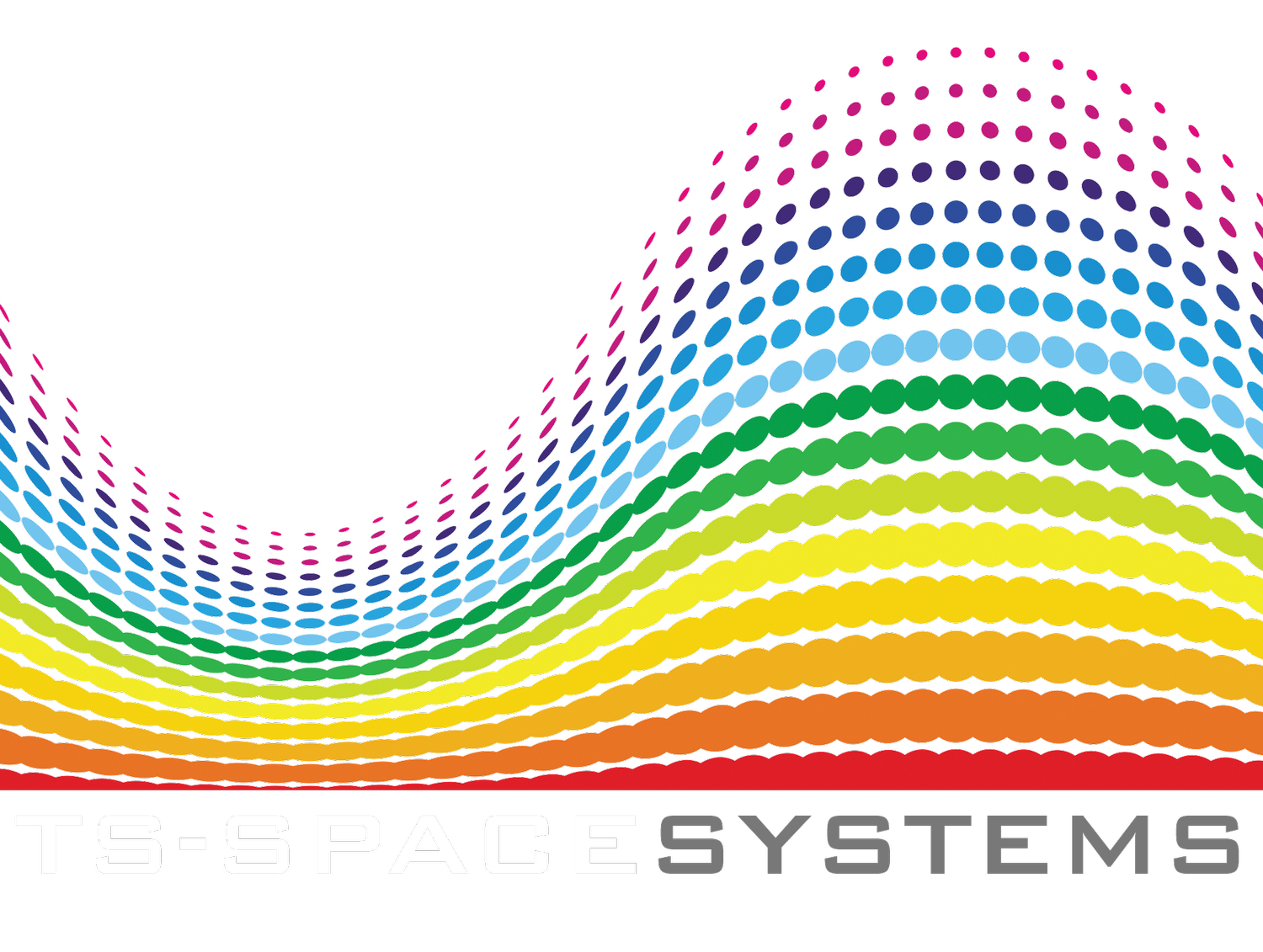What Makes a Solar Simulator?
The ASTM standard for solar simulators states that:
"A solar simulator (also artificial sun) is a device that provides illumination approximating natural sunlight. The purpose of the solar simulator is to provide a controllable indoor test facility under laboratory conditions, used for the testing of solar cells, sun screen, plastics, and other materials and devices." [1]
and that:
"A solar simulator usually consists of three major components: (1) light source(s) and associated power supply; (2) any optics and filters required to modify the output beam to meet the classification requirements" [1]
Thus we need to select a light source that approximates the solar spectrum we want to simulate, be it AM0 for space applications of AM1.5 for terrestrial, and appropriate power supply. We also need to be able to manipulate the beam via an optical system such that the spectrum and spatial uniformity of irradiance can be optimised for the required application.
There are four commonly used light sources used in solar simulators:
Xenon Arc Lamps
These have been commonly used in most simulators since the very first 1960's designs due to the raw output having a fairly approximate match to the AM0 spectrum. There are, however, large infra-red "spikes" which must be attenuated to achieve a close spectral match. Even so, a single source solar simulator consisting of an IR filtered xenon arc source will provide a crude match to AM0/AM1.5, which is acceptable if you are testing single-junction devices or biological tests where an exact spectral match is not necessary. They are expensive compared to other arc sources, primarily due to the increasing demand for a limited global supply of xenon.
Metal Halide Arc Lamps (HMI)
Commonly used in film and television lighting where a close match to daylight is required along with a high temporal stability for filming, metal halide arc lamps provide an alternative to xenon which are more stable, give better temporal stability, are low-pressure, easier to maintain and cheaper. The spectral perturbations in the infra-red are much reduced from xenon, meaning they are excellent basis for both Class "A" and advanced solar simulators (see relevant section above). For reference, an unfiltered metal halide arc lamp will produce a B class spectral match.
Light Emitting Diodes (LED)
Recent advances in LED technology for the general domestic market has made high-power LED's commonly available. The advantages for solar simulators are obvious as they have a lower energy consumption and longer lifetime than arc lamps. There are limitations, however. They are only available in discrete wavelengths i.e. a continuous spectrum requires a cluster of LED's operating at different wavelengths which produces a crude spectral match. More importantly, the commonly available wavelength LED's do not cover the full spectrum required for more advanced, multi-junction devices which have a spectral response past 1000nm.
For more information on this see our previous article on close spectral match solar simulators or our new LED-hybrid solar simulator.
Quartz Tungsten Halogen Lamps (QTH)
These provide an excellent black-body match in the infra-red but very poor across the visible range. As such they are more commonly used in more advanced multi-source solar simulators. See our previous post for more information on advanced solar simulators.
Power Supplies
These are typically dictated by the light source used. For example, arc lamp power supplies are typically highly complex devices that have to manage a high voltage ignition stage in order to establish the arc. QTH lamps will require a comparatively more simple DC source with a compatible power output.
Optics
The optical layout of a solar simulator varies greatly depending on a multitude of variables including: the type and number of light sources used, the area of illumination generated, the spectral output generated etc. For basic solar simulators there are perhaps greater areas of commonality between manufacturers: a parabolic reflector, mixing mirror, IR clipping filter and 90 degree "down" mirror are generally found in single source xenon Class "A" systems.
Generally, major concerns for the optical system of a solar system (beyond achieving its required classification) is the ease of use/adjustment and maintenance. If a specific vertical or horizontal beam orientation is required then this should also be considered.
[1] ASTM E927 Standard Specification for Solar Simulation for Terrestrial Photovoltaic Testing



